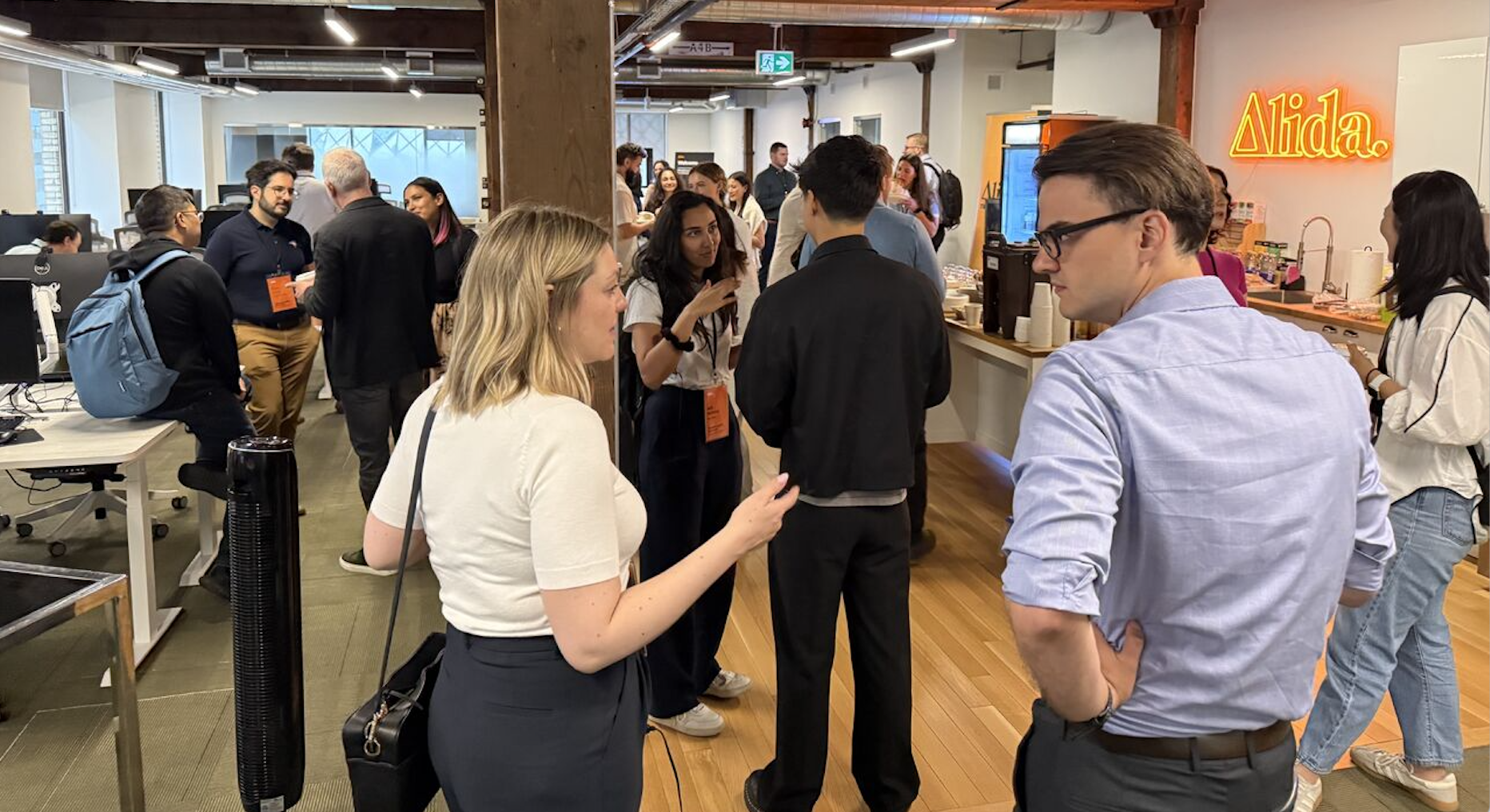Henry Ford supposedly said that if you asked customers what they wanted, they’d say “faster horses.” But unless you are a visionary like Ford, there are advantages to getting your customers guide product development.
Customer engagement is key if you’re going to address true buyer pain points. But with the growing use of technology such as artificial intelligence and machine learning to inform business decisions, a data-driven company risks losing touch with the human element.
And as the following tech companies demonstrate, often data is not enough to really understand the needs of your customers. To develop products that address real buyer pain points, you need to infuse the voice of the customer in every step of the product development process.
Example 1: Intuit
More than a decade ago, accounting software firm Intuit realized it needed to be more innovative. Employees were encouraged to spend 10% of their time on unstructured projects, while the company began to embrace design thinking.
This new approach tapped into deep customer empathy, idea generation and experimentation. As chronicled in Fast Company, Intuit wanted to provide the entire organization with a common framework for building great products. It included the development of a team of design thinking coaches, dubbed “Innovation Catalysts,” to work with managers throughout the company in their product initiatives.
For example, the team suggested the TurboTax group make changes to their call center script to test product licensing options. They quickly learned that people were interested in buying just one seat, or three seats. This insight gave birth to a policy to accommodate that customer demand, which in turn led to a $10 million increase in sales in the first year.
Surveys of Quicken customers, meanwhile, revealed a perplexing reality—half were using it at the office, not at home. The assumption was they were balancing their personal checkbooks at work, but further investigation revealed they were using consumer accounting software to run small businesses because unlike products for small business, it didn’t replicate “big-company accounting.” By trying to better understand an answer that didn’t make sense, Intuit discovered a gap in the market and filled it with a new product—QuickBooks—which quickly became the market leader. It now comprises half of Intuit’s revenue.
Example 2: Mixpanel
Sometimes companies become a victim of their own success and only their customers can save them.
Mixpanel, a provider of user analytics, realized it was building and launching products faster than its interface could handle. As the company shared on its blog, customers were struggling to use its product. The company realized it needed to start from scratch. More importantly, Mixpanel knew it needed qualitative feedback from customers in both the ideation and design phases.
Early research began with 10 customers to walk them through prototypes and to test whether they could easily find things. This was followed by several rounds of targeted surveys until Mixpanel had input from 1,000 users. But the company knew it needed to turn qualitative data into quantitative data, so it launched a beta phase of its new design for 10% of its user base—those who didn’t like what they saw could opt out.
After some extensive A/B testing, Mixpanel found that users were responding favorably to the new design with one exception: Customers were reporting it was slower. To understand why, the company engaged users and discovered that it was a UX problem. The new navigation menus opened with the drop-down and it wasn’t immediately responsive, which made it feel a lot slower.
Mixpanel was able to change this perception by tweaking the UX, but the only way they were able to get there and successfully redesign their product for long-term scalability was to make sure customers were part of the product development process every step of the way.
Example 3: GoDaddy
GoDaddy has always seen the need to engage its customers for product development inspiration. The problem was market research and product development for their business existed in silos, with data for development collected in waves by surveying its entire customer base.
This presented a problem, GoDaddy senior director of customer and market research Lori Iventosch-James recently told DMN. For the company to shift to a more customer-centric model, there needed to be greater accessibility to customer data that could contribute to product development.
Among its initiatives was GoDaddy’s Customer Council, an opt-in community that lets customers decided how they interact with the company and what they want to comment on, including new product names.
“It was actually very helpful, because some of the favorites of our CEO, and even our CMO, were not always the greatest,” Iventosch-James told DMN. “We have data from our customers saying ‘hey, we don’t understand this,’ or there’s connotations we didn’t initially see. It was helpful to have that data to better direct our executives that way.”
By getting customers involved early on, money is better spent on products and branding because it’s already vetted by those who will determine its success.
Successful product development is always customer-centric
These examples demonstrate how innovation in product development is ultimately about solving problems for your customers. Regardless of your industry, the ability to engage with customers at scale is an important competitive advantage.
In this era of abundant data, it’s easy for brands to fall into the trap of disconnecting from real people who use their products. But insight is more than just data. Being insight-driven is about relationships, and how better way to build those relationships than customer-centric product development?









